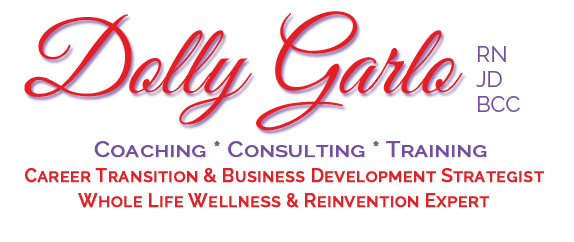Befriend Change for a Brighter Future

In my past work with clients in the healthcare and legal realms, I observed habits or ways of thinking that made life more difficult than it needed to be. I wondered: why do people get stuck thinking or doing things in ways that made their lives more challenging? After turning to consulting work in personal and organizational development, I started to apply my professional coach training to answer these questions. I think it comes down to one thing: choosing to befriend change. Here’s why – and some simple things you can do.
Why? Well when you stop to consider it, most of the thoughts and ideas we have about who we are and the way the world works were instilled in us from the outside. We come into this life a blank slate, eager and able to learn. So things we were told, or experienced from observing the world around us and drawing – often incorrect – conclusions, began to shape our very identities. But much of what we “concluded” was based on outside influence.
That is something most people don’t fully realize. Once they do, it opens up a lot of new possibilities.
Becoming Mindful – the Power of Awareness
Before having that awareness, people learn to behave in concert with those past memories and experiences. Some are helpful, others often are not. Taken together those actions get repeated and become habitual, which means they happen out of conscious awareness. So becoming mindful of one’s thoughts behind those behaviors is the first step to bringing to awareness those less-than-conscious “drivers.”
That awareness is what allows us to then choose to befriend change. Many people find change to be challenging or difficult. But a change in awareness can bring about a change in thinking – and a decision whether to keep thoughts and ideas that are useful and constructive, as well as to let go of those that are unhelpful and counterproductive. That begins the friendship with change. After that, making changes away from that seemingly stuck place is a matter of taking small steps to move in a new direction.
Small Steps Can Yield Big Results
I’m not a big fan of “big leaps” that feel like jumping off a cliff. I think they can be counterproductive. A small, well identified, pivotal step in a new direction is not only a calculated risk (and therefore isn’t so scary), it can produce a profound amount of change – a sort of quantum shift as opposed to a linear step. And each small step builds on prior successful experiences. That’s all learning is anyway, and yes, we all make mistakes – which I call instead ‘learning experiences.’ “Okay, oops, that didn’t work!” Small steps are generally easily correctable. Change course, choose a different small step, keep moving forward.
This process is applicable no matter what subject or area of life or career we’re talking about. One especially helpful small step is to choose to simply stop and notice our thoughts and ideas. Determining where they came from can be helpful, but is not absolutely necessary. Once examined, we can decide whether or not they work for us to be the creative and constructive beings we were designed to be – and whether to keep or toss them, or replace them with something better. That allows us to become friends with the process of making change.
The Benefits of Discomfort
Yes, there may be a little discomfort as we get started. That’s actually a good thing. Not the paralyzing fear kind, which prevents even taking a step, but just like exercising a muscle in a new way. After a shedding a few tears if need be – better to express that than hold it in – the sun will rise again on a new day.

This sort of discomfort brings the awareness that change is possible, something is afoot, there’s an opportunity to shift or even just observe something in a new way. Hence the need to identify and take a small step or two – try something different, even if just considering a new way to look at a situation.
Small steps are calculated risks – if it doesn’t work, not so much is at stake. If it does, a lot more can unfold from there.
Discomfort lets us know we’re on track. Let’s call it excitement or anticipation instead. I like to think of it as standing on the welcome mat at the door to success. You only have to open the door and take a look inside. Actually moving through the door can be another step after assessing what’s in the room. Again, how we perceive that discomfort is only a matter of thoughts and words – ideas that live in language. How we language and perhaps choose to re-language things is another step in the process.
If you’ve had thoughts of making significant changes in life and work, stepping into more confident leadership to influence areas of concerns or moving into meaningful legacy activities to impact things you care about – and something is stopping you – it may well be time to consciously befriend even small changes you need to make that will allow you to make those other things happen.
Mastering all this can be one of those simple-but-not-necessarily-easy-to-do things. I’d say that’s primarily why people choose to work with coaches, and why coaching works, to help foster great lives and accomplishments into being. It’s helpful to have an objective observer, and supporter, rather than our own filtered perspective or the fearful or protective input of others who mean well but can keep us stuck in our tracks.
Having someone to witness and support the process of befriending change and provide feedback along the way, works like giving someone an accelerator pedal and helping them get their other foot off the brake!



